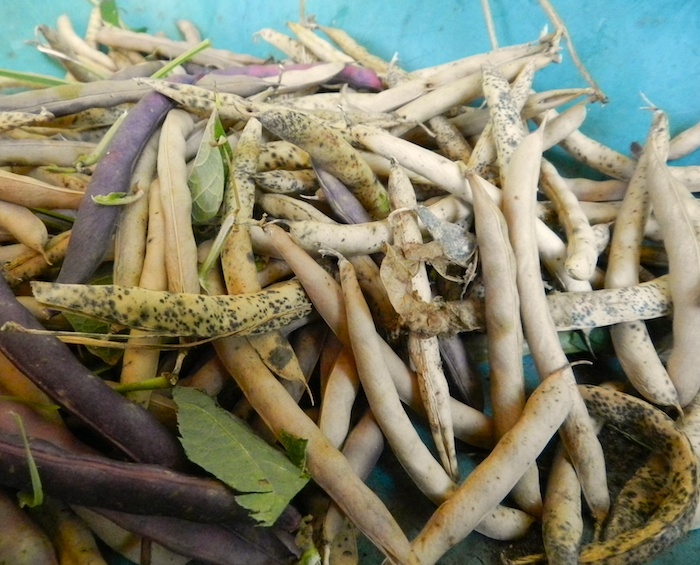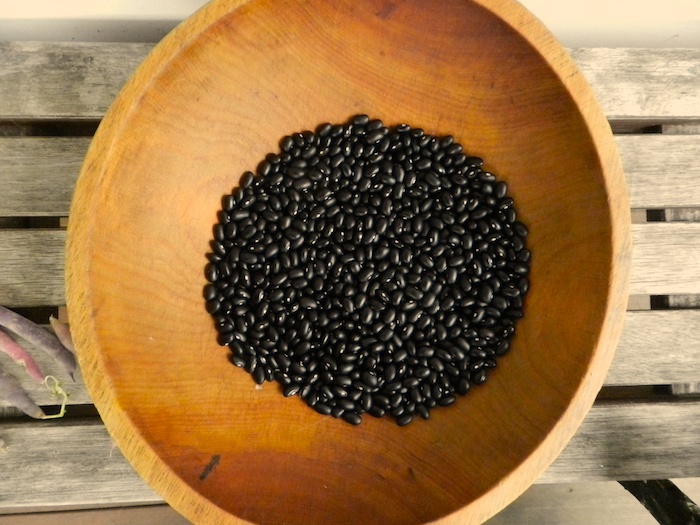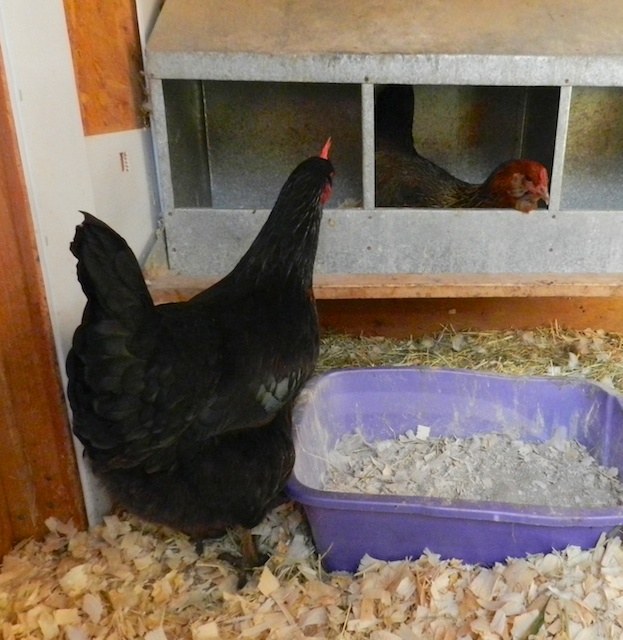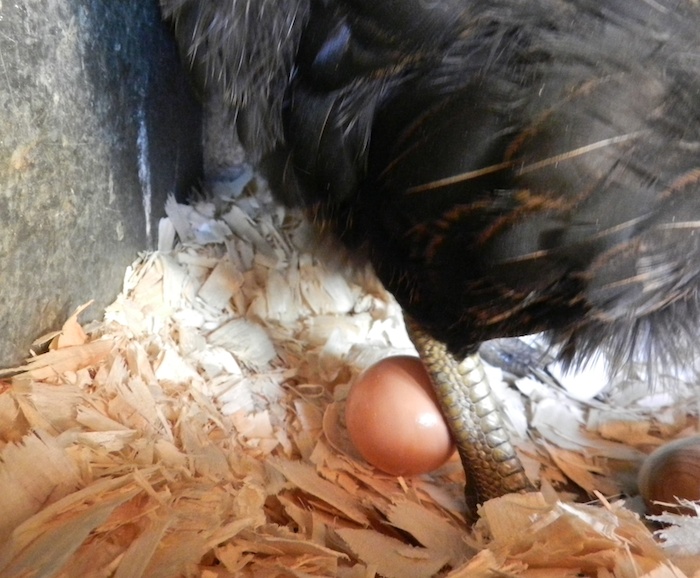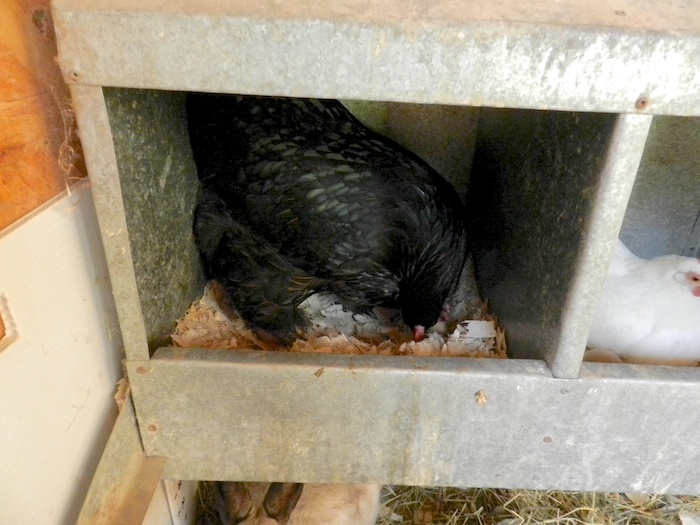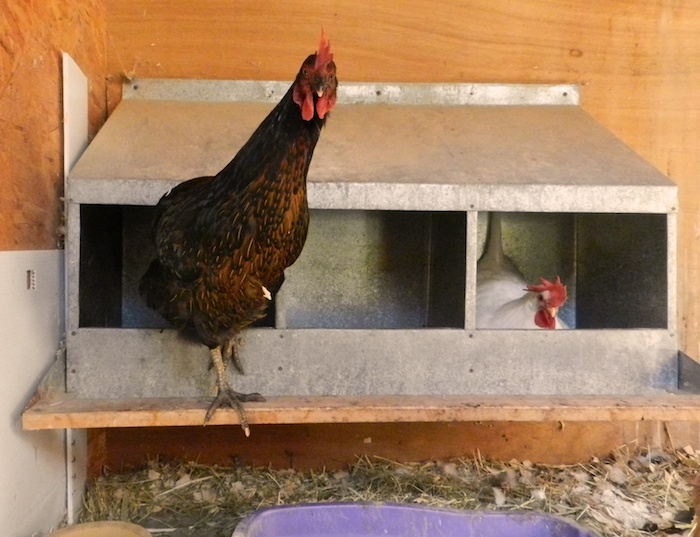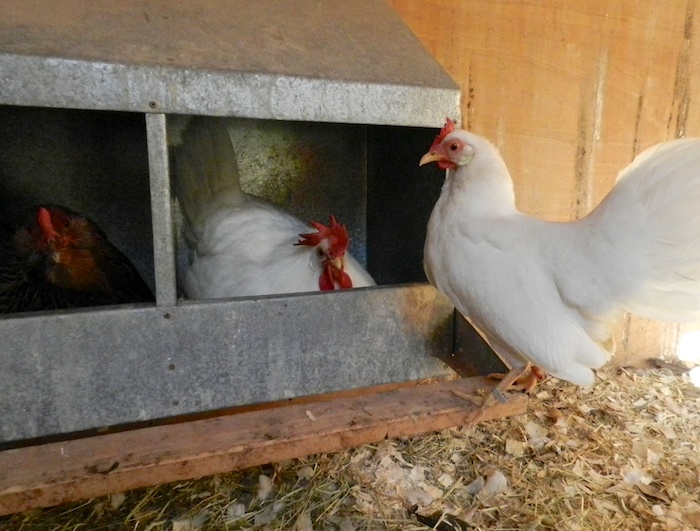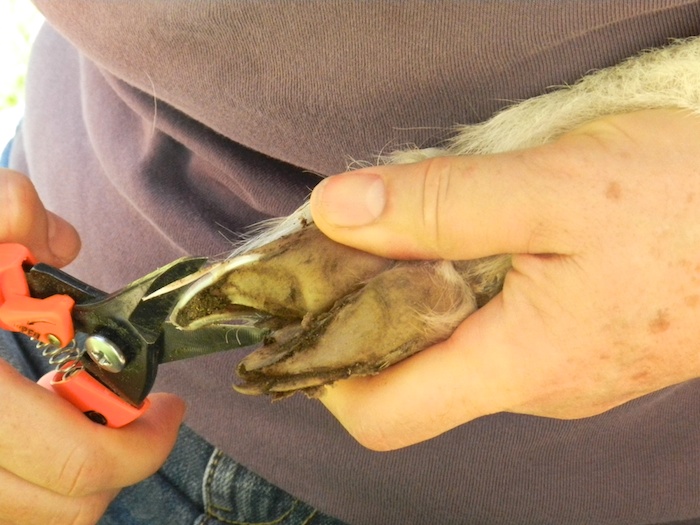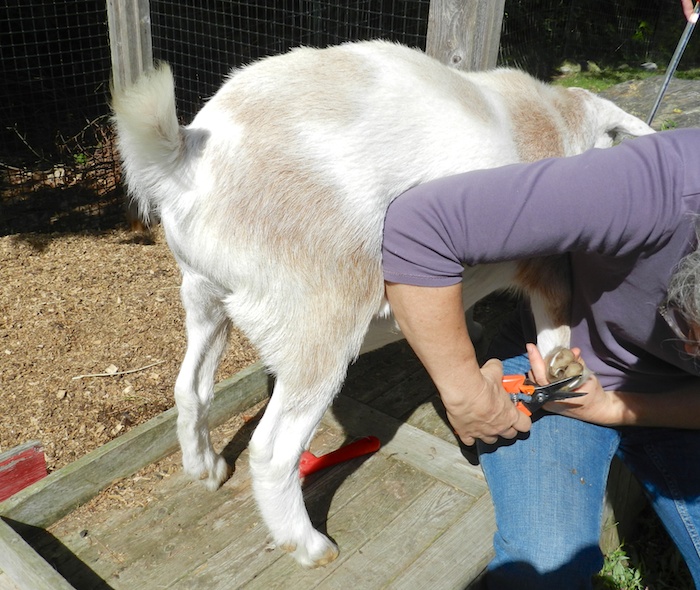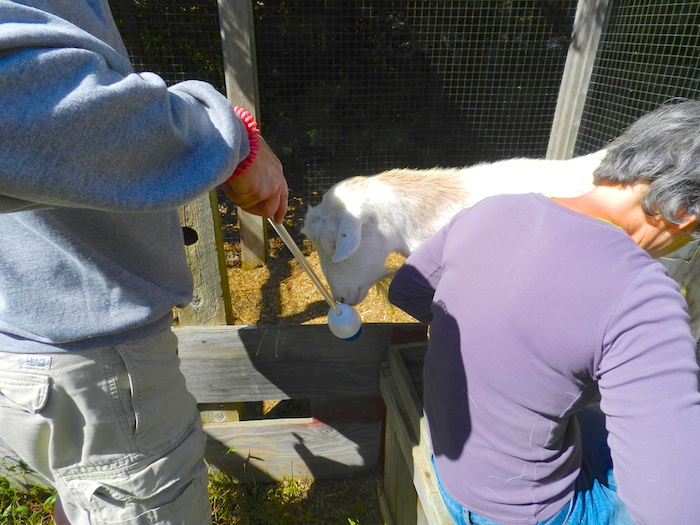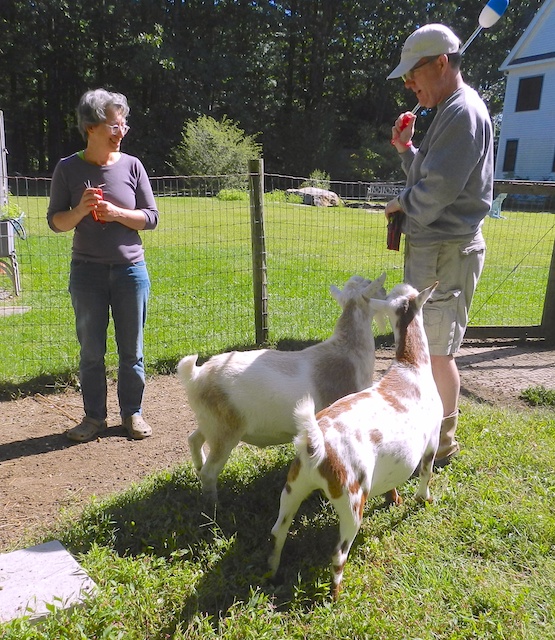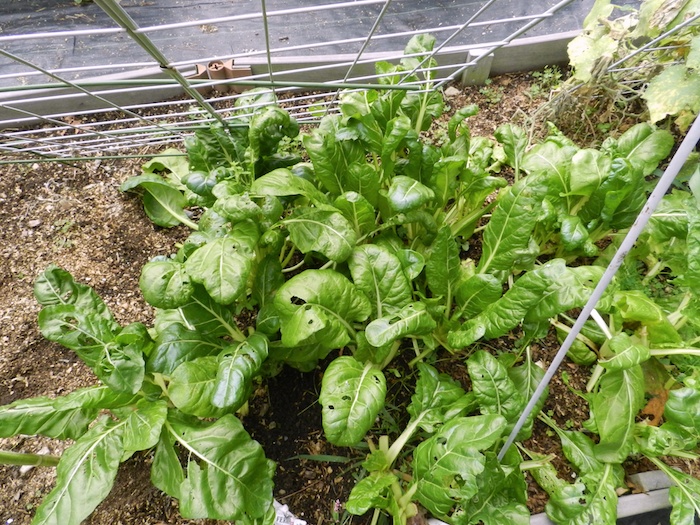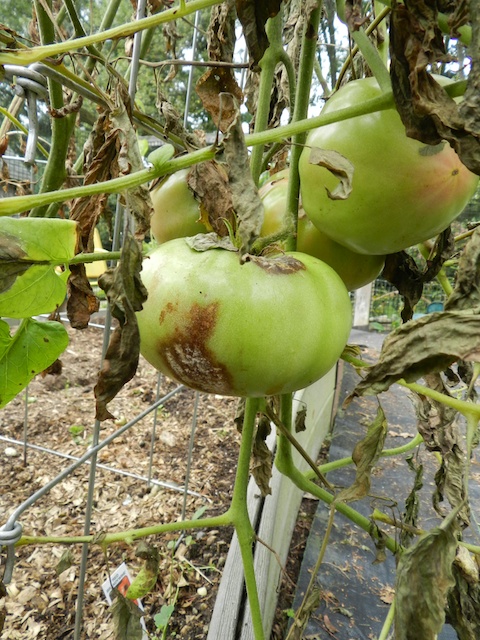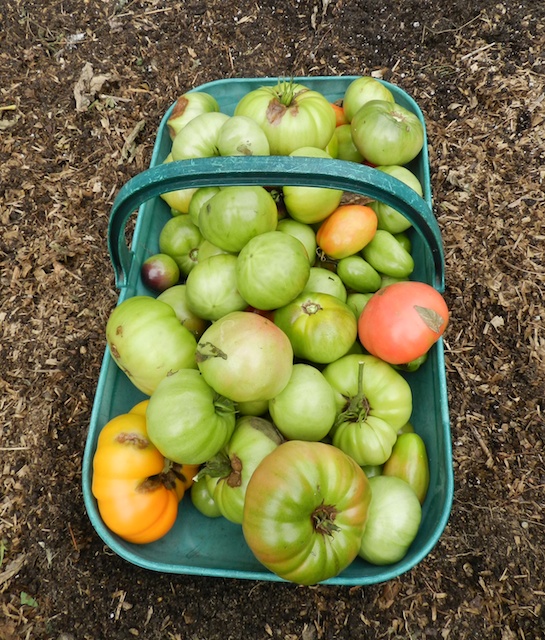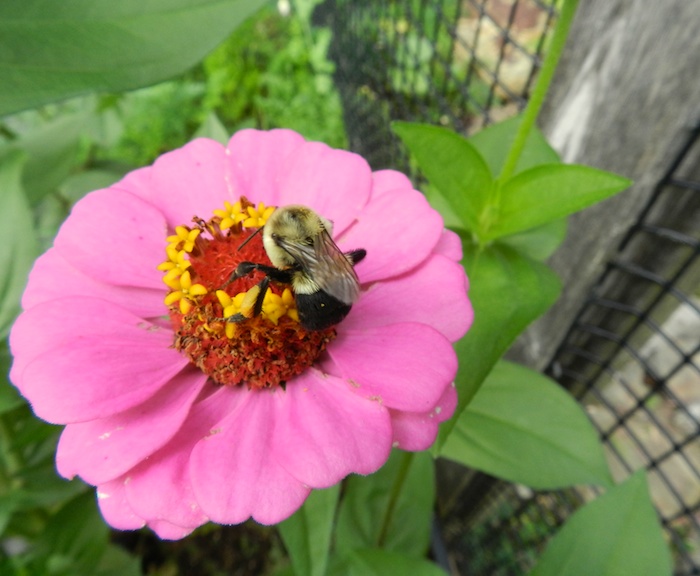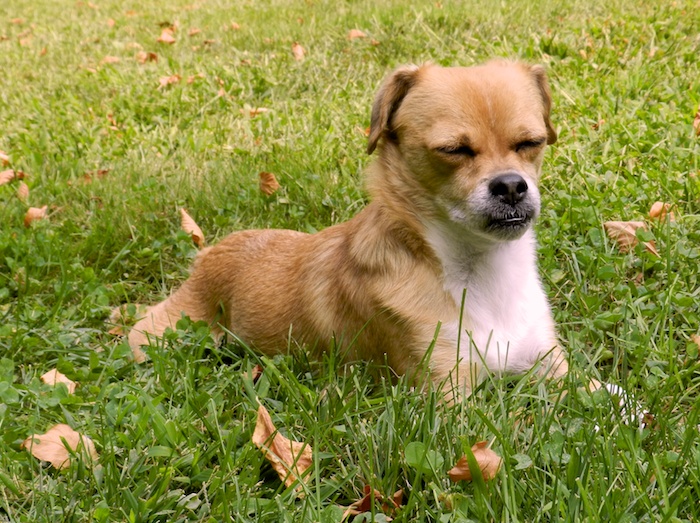I’ve added two titles to my series of vintage animal postcard books: Vintage Farm Animal Photographs and Vintage Dog Photographs.
Black Turtle Beans
I am not particularly adventurous when choosing plants for my vegetable garden. I tend to stick with the tried, true and easy that I know that my family will eat: tomatoes, green beans, lettuce, that sort of thing. Sure, I’ll try a new variety, or two, of tomatoes each year, but I rarely put in something that’s more outré, like kohlrabi. This year, though, I was given a packet a black turtle beans.
As a cook, who’s worked a lot with dried beans, I know that although they look like they’ll last forever, that actually, the texture and flavor of dried beans deteriorates over time. I’ve seen the difference in quality from local, recently harvested beans as compared to beans from a dusty bag found on a lower shelf at the supermarket. So, hoping that I could grow my own soup beans, and thinking that I didn’t have much to lose except for a small corner of my vegetable garden, I dedicated one tower trellis to black turtle beans. It turned out that growing dried beans was exactly like growing climbing green beans, except the pods are left on the vine to age, and to turn brown and spotted and crackle like old paper.
Inside were the most beautiful beans I’ve ever seen. Unlike ones I’ve purchased, these are glossy. They seem to glow. Perhaps that’s because they were shelled by hand. Perhaps it’s because they are so fresh. As I shelled them, I kept running my hand through the pile, scooping them up, and then letting them stream between my fingers, clattering back into the bowl.
However, what appears to be an abundant tower of twining vines, once harvested and threshed (a wonderful farming term for separating the shell from the bean) yields only a scant couple of cups of beans. This is what I have.
Beans are usually considered an inexpensive food, used for stretching a meal. But these are precious to me. I have enough to make one good-sized pot of soup. I’m already thinking about what will go into it and look forward to the first wintry day when a pot of black bean soup should be simmering on the stove. What would you add to the pot?
Wrongly Accused
I’ve been concerned that one of the Ladies is eating her eggs. Once in awhile a pullet’s first eggs are thin-shelled or just a membrane. They’re easy to break, and no hen can resist eating runny yolks. Sometimes, a young hen doesn’t know how to settle into a nesting box, and breaks the eggs that are there. She quickly learns to stomp on purpose and eat the eggs. Sometimes a pullet lays an egg while out in the run, while on the run. The egg falls onto the hard ground and cracks. The other hens learn to look for eggs dropping out of the back end of another and peck as the egg is coming out. Sometimes you’ll find a bit of shell leftover, sometimes you’ll see egg yolk smeared on feathers or the beak, but more often than not the entire egg will be gone.
Nancy Drew has been laying for a couple of weeks. Daily I’ve watched her go into a nesting box, but there there’s not always an egg there when I go out later with my basket. I suspected egg eating, but I wasn’t sure, so, last weekend I sat down on a stool in the coop and watched. I sat there for an hour. I’ve found that my assumptions about animals are often proved wrong with steady and patient observation.
Owly was the first to sit in a box, and Nancy soon followed.
Nancy got in and out a few times, but then settled in. She showed the classic laying behavior of picking up bedding and placing it on her back. You see this with broody hens, too. Most of the shavings slid off, but a couple stayed put. This took awhile. Owly laid her egg and left. Betsy came over to claim it. I tossed Betsy outside and put the egg in a basket. Meanwhile, Nancy sat.
After about a half-hour, Nancy stood up and laid her egg. You can see how strong those legs are. It wouldn’t take much to smash an egg. I think the surprising thing is that it doesn’t happen more often!
But, Nancy didn’t break her egg. She used her beak to position it under herself, fluffed up and sat down.
She stayed there for about ten minutes, then calmly got up, hopped out of the box and went over to the feeder to eat some pellets. Unlike some of the other hens, who noisily announce their achievement (Beatrix, I’m talking about you) Nancy was calm and quiet. Once sated, she left the coop, with nary a thought about that egg in her mind.
Obviously, Nancy Drew was wrongly accused. (Didn’t this happen in the Nancy Drew books?) But, what of the other hens? Is there an egg eater in the lot? I observed Beatrix and Twiggy lay their eggs. Both hens showed exemplary behavior. Betsy Ross, however, was a pest. She watched from the roosts. Although no longer broody in the sense that she doesn’t spend her days in a nesting box, that little hen is hard-wired to sit on eggs. As soon as she spied a hen laying, she tried to wedge herself into the box and claim the egg. Twiggy was really ticked off at her.
Here’s Twiggy, huffed up to twice her size, giving Betsy the evil eye and churring angrily.
Perhaps Betsy has been causing the hens to break eggs in their attempts to get her to go away. In the past I have found tell-tale egg yolk on Betsy’s white breast. But, I haven’t caught her in the act. Perhaps she is innocent. I have some more sitting in the coop to do.
Have you entered the book giveaway yet?
Trimming The Goats’ Hooves
One task that all goat keeper have to do, that we never look forward to, is trimming our goats’ hooves. Hooves grow like fingernails. Wild goats wear their feet down by clambering over rocks. My goats have an easy life on grass. I have to give them pedicures.
You can imagine that my goats do not want to stand still while I take a sharp pair of hoof trimmers to their feet.
You’d be right. You might imagine that bending over to do this task would be awkward at best. You’d be right. Even with the goat standing up on a bench, the job is best suited for a contortionist.
Some people wrestle with their goats, flip them on their backs, and trim away. Some people straddle their goats and bend over. My back can’t handle that! People who milk their goats have stanchions that the goats can be head-locked into. I don’t.
I use training, specifically, clicker training. Steve helps. The goats are trained to stand still while touching their noses to a target. A goat knows he’s doing the right thing when he hears a click.
The click is followed by a reward. In this case, cut up pieces of apple.
I’d be lying if I said that all goes according to plan. They are goats. Pip would rather sit in my lap than stand, and Caper would rather turn sideways. But, it’s a lot easier than trying to wrestle the boys immobile while plying sharp shears. In any event, with Steve clicking the goats for standing properly, and with me fearlessly wielding the cutters, the job gets done fairly quickly. Too quickly for the boys. That’s the thing about using training instead of restraint, it’s enjoyable for the animals. Feet trimmed, they ask, What’s next, Steve?
Before The Frost
The skies are clear and the temperature is plummeting. Last night the thermometer went down into the 30s. Tonight we might have our first frost. My vegetable garden, a jungle in mid-summer, is now mostly bare. I know that it’s possible to extend the season with poly-tunnels and cold frames. I have no desire to do that. This time of year I take pleasure in yanking out old plants and raking the beds clean. A garden is demanding. Vegetables need to be harvested and dealt with on their schedule. Meal planning is determined by what is ripe. There’s a lot of nostalgia and fervor over local and sustainable and eating by the seasons, but honestly, my chard has been green and upright since early spring. I’m tired of it!
I’m happy, though, to have a second harvest of green beans. Green beans don’t ask a lot of the cook.
The tomatoes have succumbed to blight.
There weren’t many left, anyway. I harvested the last trug-full and turned them into green tomato chutney last night.
A month ago, after harvesting carrots, I planted zinnia seeds. What a pleasure to have a bed of color that asks nothing of me.
The bees appreciate the blooms, too.
I’ve still got work to do in the garden. A last thorough weeding eases springtime chores. A gardener has to look ahead. But, not everyone has that attitude. Scooter knows best what to do as summer winds down – sunbathe while you still can.
